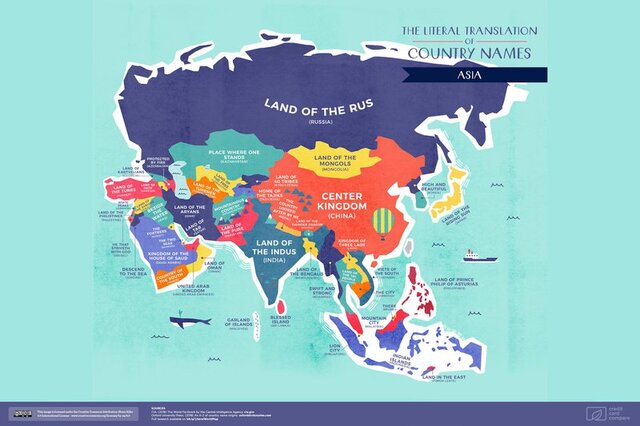A lot of times when you look at Augmented Reality (AR), it seems like a solution looking for problem. We still haven’t found the Killer App for AR like the VisiCalc spreadsheet was the killer app for the Apple II and Lotus 1-2-3 & Excel were for the IBM PC. There are various initiatives underway but no one has hit the jackpot yet. There are applications that allow a Doctor to see a reference text or diagram in a heads up display when they’re operating which is something that’s very useful but that’s a niche market. We need something broader in scope and there is a lot of effort focused on the educational field where they’re trying to see if they can use augmented reality in classrooms.
One of the Implementations that sounds very cool is by an app that I found recently where they are using it to project a view of rocks and minerals etc for geology students using AR. Traditionally students are taught by showing them actual physical samples of the minerals and 2D images of larger scale items like meteor craters or strata. The traditional way has its own problems of storage and portability but with AR you can look at a meteor crater in a 3D view, and the teacher can walk you through visually on how it looks and what geological stresses etc formed around it. The same is also possible for minerals and crystals along with other things.
There’s a new app, called GeoXplorer available on both Android and iOS that allows you to achieve this. The app was created by the Fossett Laboratory for Virtual Planetary Exploration to help students understand the complex, three-dimensional nature of geologic structures without having to travel all over the world. The app has a lot of models programmed into the system already with more on the way. Thanks to interest from other fields they are looking at including models of proteins, art, and archeology as well into the App.
“You want to represent that data, not in a projective way like you would do on a screen on a textbook, but actually in a three-dimensional way,” Pratt said. “So you can actually look around it [and] manipulate it exactly how you would do in real life. The thing with augmented reality that we found most attractive [compared to virtual reality] is that it provides a much more intuitive teacher-student setting. You’re not hidden behind avatars. You can use body-language cues [like] eye contact to direct people to where you want to go.”
…Working with the Unity game engine, Pratt has since put together a flexible app called GeoXplorer (for iOS and Android) for displaying other models. There is already a large collection of crystalline structure models for different minerals, allowing you to see how all the atoms are arranged. There are also a number of different types of rocks, so you can see what those minerals look like in the macro world. Stepping up again in scale, there are entire rock outcrops, allowing for a genuine geology field-trip experience in your living room. Even bigger, there are terrain maps for landscapes on Earth, as well as on the Moon and Mars.
Its still a work in progress but I think it’s going to be something which is going to be really cool and might be quite a big thing coming soon into classrooms around the world. The one major constraint that I can see is right now, you have to use your phone as the AR gateway which makes it a bit cumbersome to use, something like a Microsoft HoloLens or other augmented reality goggles will make it really easy to use and make it more natural, but obviously the cost factor of these lenses is a big problem. Keeping that in mind it’s easy to understand why they went with the Phone as the AR gateway instead of a Hololens or something similar.
From Martian terrain samples collected by NASA’s Mars Reconnaissance Orbiter to Devil’s Tower in Wyoming to rare hand samples too delicate to handle, the team is constantly expanding the catalog of 3D models available through GeoXplorer and if you have a model you’d like to see added to the app please get in contact with the Fossett Lab at fossett.lab@wustl.edu.
– Suramya
